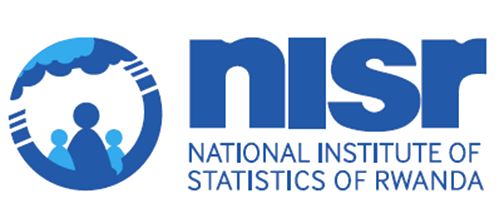Definition: Currently, there are many definitions being used by different stakeholders to describe data revolution. The UN Secretary General’s Independent Expert Advisory Group (IEAG) defines Data Revolution as an “explosion” in the volume and production of data matched by a “growing demand for data from all parts of society”. On the other hand, PARIS21 presents a complementary approach and refers Data Revolution to “delivering the right data to the right people in the right format at the right time”. This latter definition by Paris21 underlines the fact that Data Revolution should increase the use and impact of data on outcomes.
The Data Revolution Policy (DRP) of Rwanda for which the implementation's responsibility has been assigned to NISR and other institutions, will ensure that Government of Rwanda agencies follow consistent rules on data release, privacy safeguards, use of an open license and technical standards.
Over the next 5 years between 2017 and 2022, this policy that was approved by a Cabinet Meeting held on 26 April 2017, is set to focus primarily on building capabilities of different stakeholders and equip them with skills to analyze the continuous growing amount of data that are generated every second by various sources within all sectors.
Briefly, the analysis of the so called Big Data aims at deriving more timely statistical insights that may boost evidence based decision making, enhancing transparency and promoting citizen participation, and also offering opportunities for attaining an innovation data-enabled industry to accelerate social economic development.
Rwanda through the National Insitute of Statistics (NISR) will host the 5th International Conference on Big Data for Official Statistics (29th April - 3rd May 2019).
Data visualization
Data visualization is the principle of taking a data set and presenting it in a graphical format that can make it more easily understood. With this visualization, visitors can use technology to drill down into charts and graphs, interactively changing what data you see and how it is processed.
Capacity building
At national level, several capacity building frameworks, strategies and plans to support data production, analysis, dissemination and use have been put in place.
Devinfo (Indicators)
High growing demand for data to monitor global 2030 agenda (SDGs). Explore other source of data to complete official statistics to report on SDGs. Rwanda to be among few countries to explore the use of big data for M&E of development programmes (EDPRS2, Vision 2020, and upcoming Vision 2050).
- Partnership with UK Bureau of Statistics to strengthen Data Revolution in Rwanda
RWANDA E-GDDS / SDDS
Building Capability involves various steps including Assessing learning needs, Developing Training Plan, Secondments into NISR/NSS and Secondments out of NISR/NSS
- NISR seeks to build a convenient environment for big data analytics in Rwanda
- NISR conducted the second meeting of BIG DATA technical team
